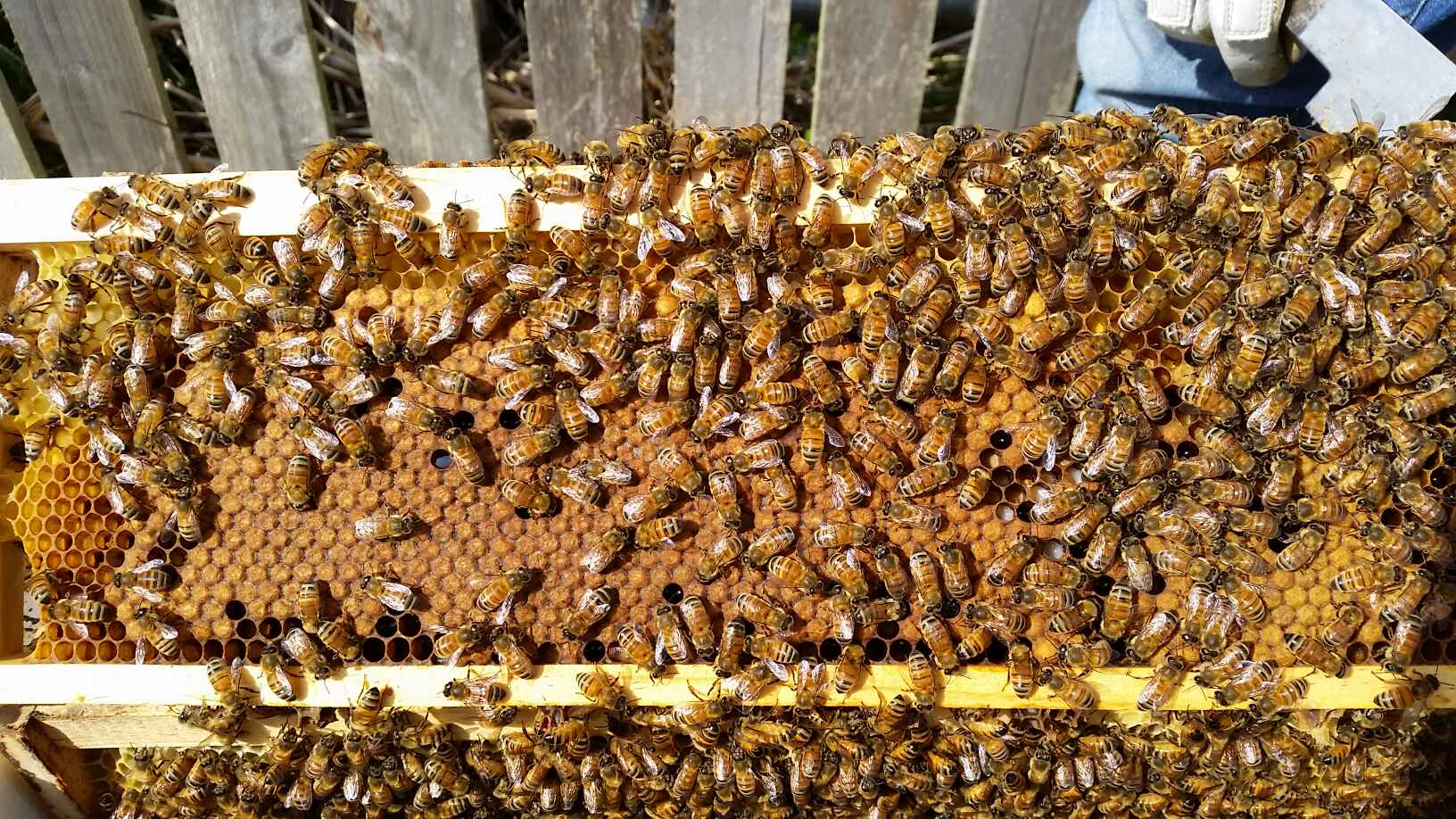Wintering Down a Langstroth Hive
/I was sent this outline of a hive that needs to be prepared for winter. In a cool climate the bees need as much warmth retention as possible so each box needs a honey frame at 1 & 8 (for 8 frame boxes). They need the empty spaces removed so they can cluster close to honey and be able to maintain all the comb.
Bees are happiest on fresh comb, so removing older comb is beneficial. As a rule, 1 year comb is fresh wax and sometimes with honey, 2nd year is honey storage, 3rd year is brood use and then it is replaced. In a natural hive the bees get wax moth to chew out the brood comb as a natural replacement process but most people have an aversion to wax moth in a hive.
So here is an approach to wintering this hive. Box 1 needs inspecting. If it is empty, it needs removing but I suspect it may be full of brood so ensuring it has honey on the outside frames is all that is needed. As Box 3 is empty it needs to be removed. If there is an odd frame with brood that could be placed in another box close to brood, the rest of the dark comb cleaned away and the box prepared for Spring.. Box 5 needs to be placed under Box 4. Bees prefer not to walk over their capped honey, so this will place all the capped honey on top
This hive is in an urban area and will possibly still bring in some nectar during the next month.
Some would argue that one box of honey could be harvested but with this severe year and the promise of a very cold winter I would err on the side of caution and leave it until Spring. If the bees do well over winter it could be harvested then, but for this year, the bees need all the honey they can eat.
Oh so much easier with a warre hive! Happy Beeking!


